ancient city
A mound that contains the ruins of ancient Jericho is hoping to achieve global recognition next month as a cultural marvel some 10,000 years after the city's founding.
The Palestinian Authority has nominated Tel Jericho, or Tell es-Sultan, on the western edge of the Jordan Valley just north of the Dead Sea, as a UNESCO World Heritage site due its significance as a key landmark of human history and culture.
The site has been under excavation for over a century and yielded the remains of a fortified city that bills itself as the oldest continuously inhabited settlement on the planet.
It is where biblical Joshua is said to have led the Israelites in their famous battle after 40 years of wandering in the Sinai desert.
Today, Jericho is better known for its luxury villas and date palms as a sleepy desert oasis some 15 miles (24 kilometers) northeast of Jerusalem.
It attracts wealthy Palestinians during its warm winter months.
Jericho is the first West Bank town that Israel handed over to the Palestinian Authority three decades ago during the Oslo peace process.
It’s become a focus of Palestinian efforts to promote local heritage under Israeli occupation.
Historical heritage in the Holy Land has long stood at the center of the Israeli-Palestinian conflict.
Archaeology has been used by Israel as a means of demonstrating modern Jewish rights to the ancient land.
Palestinians, too, have sought to counter those findings by portraying ancient artefacts as supporting their own national claims.
The Palestinian Authority was recognized a decade ago by the United Nations as a non member observer state.
It’s enthusiastically promoting Jericho’s designation as a way to bolster tourism and local pride.
“The registration of the site on the World Heritage list would be considered a national achievement for Palestine,” says Ahmad Rajoob, the Authority's Director-General of World Heritage in the tourism ministry.
“From a cultural perspective, it is our right as Palestinians and as the State of Palestine to register the achievement of the Palestinian people and their contribution to human civilization,” he says.
The site tells the story of human history with remains dating back to the Neolithic age and continuing through Byzantine times, according to Wael Hamamra, the Antiquities Director in the West Bank city of Bethlehem.
He says “It was partially used during the Iron Age, Hellenistic, Roman, and Byzantine periods. The use of the spring water and its irrigation system continues until the present day."
Digging by local and foreign archaeologists over the decades has revealed fortifications of concentric circles made of sun-dried bricks.
The beehive structure, according to Hamamra: “Represents a collective effort by the site’s inhabitants.”
He believes it has enhanced understanding of how permanent domestic houses emerged in ancient civilizations.
"The site of Tel Sultan is known as the oldest fortified city in the world. It contained a massive circular tower, in addition to fortified defensive walls to protect the site. Such construction could not have been accomplished without the presence of a ruler and an organized community at the site,” says Hamamra.
The Convention concerning the Protection of the World Cultural and Natural Resources was established in 1972.
It brought together groups concerned with the preservation of cultural significance and the conservation of natural resources.
The World Heritage List began in 1978 and includes a broad array of over 1,000 sites, from the Acropolis in Athens to the Great Wall of China.
The UNESCO committee will convene in Riyadh, Saudi Arabia, from September 10-25 to decide on which sites will gain recognition on the list.




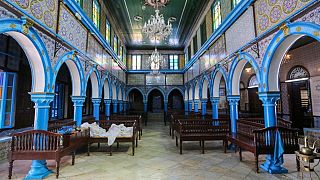
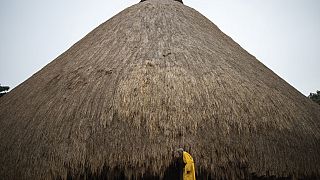

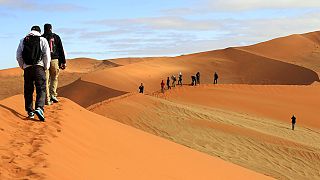
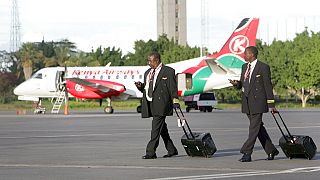


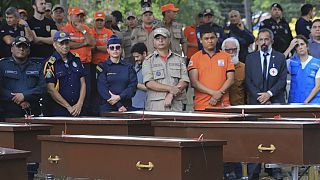
02:20
Morocco's art of metal engraving granted Intangible Heritage status by UNESCO
02:10
Lebanese flatbread enters U.N.’s list of intangible cultural heritage
01:53
UNESCO puts Rwanda genocide memorials on World Heritage list
02:22
Yemen: Reviving the Old City of Sanaa bombed during the war
02:20
Moroccan villagers keep communal store tradition alive
01:23
Thousands flock to 'Pearl of the Desert' in Libya for heritage event